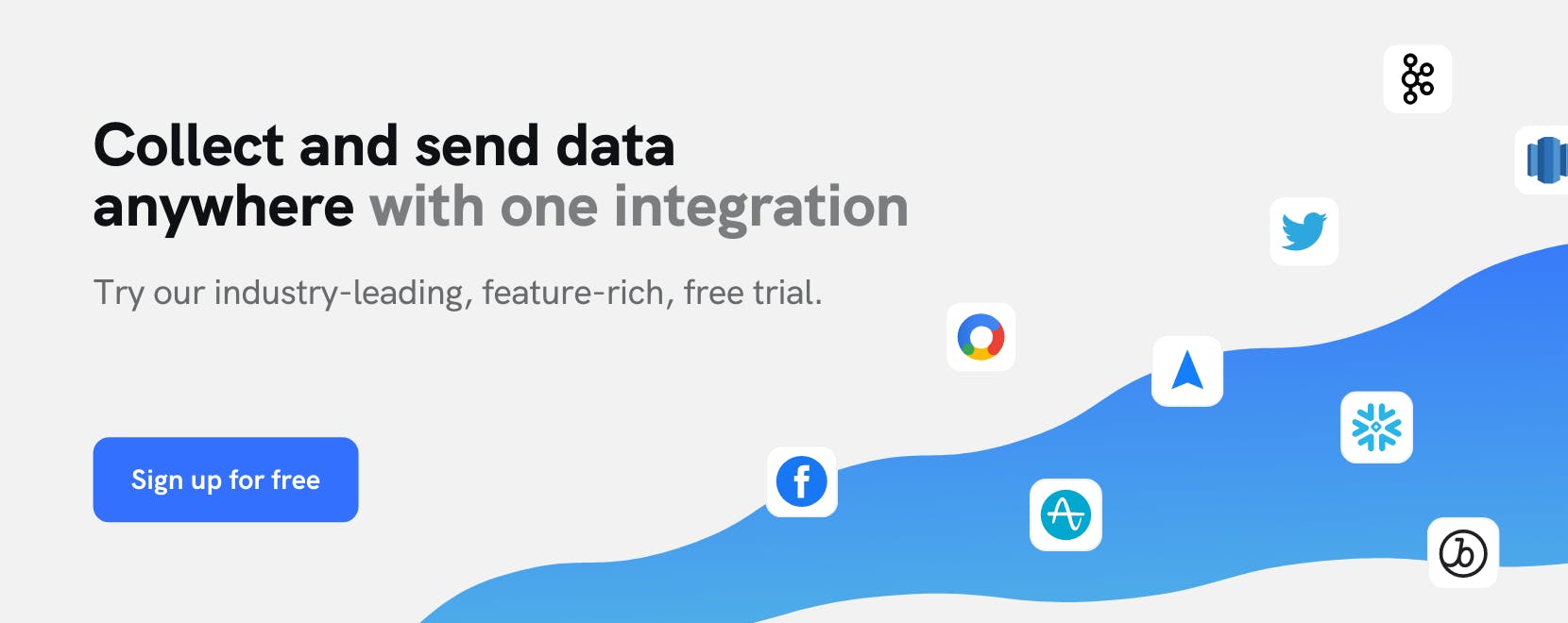Use Cases
Fine tune your email campaign performance with Mailchimp and Looker


As the saying goes, those who do not learn from the past are bound to repeat it. This old adage is just as true in the realm of email marketing as in other aspects of life—without analyzing your past campaign performance in a smart and effective way, there is little chance that your next effort will yield improved results.
Analyzing the performance of your email campaigns is well worth the time and effort, and there are many ways to gain insight into this data to improve the targeting and overall strategy of your next round of customer emails. Of course, you could examine email metrics like open and click-through rates in isolation, but you can get much more utility out of this information by analyzing it as part of unified customer profiles built from a variety of other digital touchpoints.
This use case will describe how you can use Mailchimp, mParticle and Looker to combine your Mailchimp email data with customer events collected on mobile, OTT, web, and other devices, build audiences from these unified profiles, then analyze these audiences in Looker so you can be confident about which audiences have a high likelihood of conversion in your next campaign.
Step 1: Send data from Mailchimp to mParticle
Once you have connected mParticle’s Mailchimp Feed integration, you can begin ingesting data from your Mailchimp email campaigns into mParticle. Once in mParticle, this data is merged to existing unified customer profiles. Enriching customer profiles with data from Mailchimp will create an even richer picture of how your customers are engaging and allow you to perform granular audience segmentation.
Step 2: Build custom audiences within mParticle
Next, you can use the data ingested from Mailchimp to build Audiences in mParticle. While the audiences you build will depend on the user segments that are particularly important to your brand, how you plan to monetize these segments, and other aspects of your engagement strategy, some potential audiences might include:
- Customers with a low number of email opens who converted through an email campaign
- Customers with a high number of email opens who have not converted at all
- Customers who converted through email campaigns as well as through other channels such as push, display, or SMS.
Step 3: Forward your Audience to Looker for further analysis
Once you have connected your mParticle and Looker accounts, you can begin to send your defined audiences to Looker for more granular analysis. To do this, you can use mParticle's Raw Data Export to forward data to a data warehousing solution of your choice. Looker will then be able to access your exported audiences from your DWH. Amazon Redshift is a popular DWH solution that integrates seamlessly with both mParticle and Looker.
Using Looker’s Audiences dashboard, you can closely examine how effective a given audience is compared to other users, identify user behaviors that have a high predictive value for conversion, and build even more granular audience segments with high potential for delivering significant lifetime value to your brand.
Step 4: Forward new Looker audiences to mParticle
Now that you have leveraged Looker’s ability to augment the potential of your audiences, you can forward these targeted customer segments back to mParticle.
mParticle's Looker Feed integration enables you to import segments, calculations, and insights back into mParticle, where they can be used to fine tune both your email marketing efforts as well as customer engagement through other channels.


